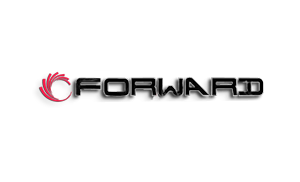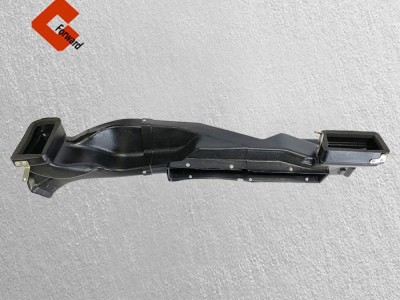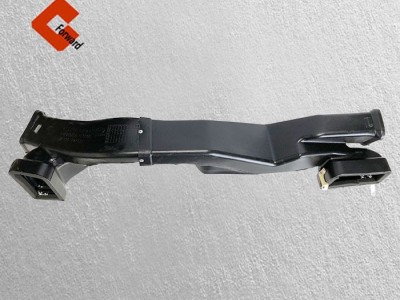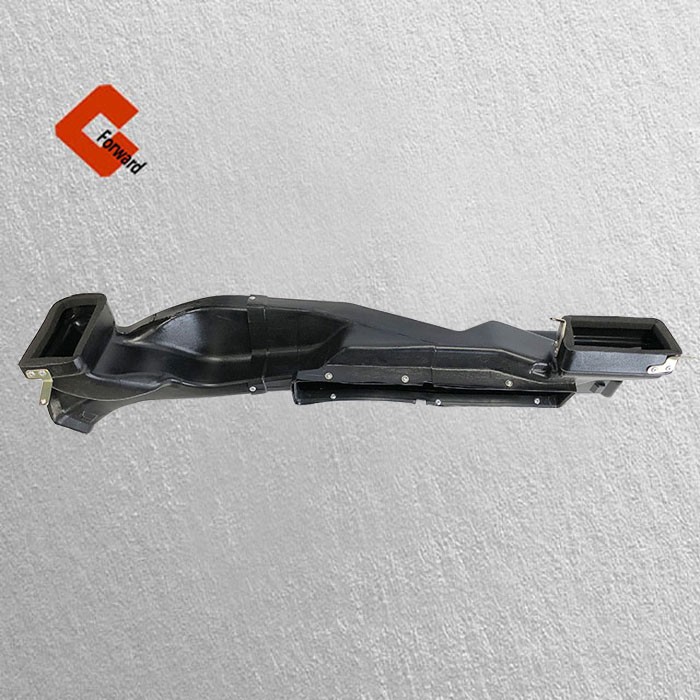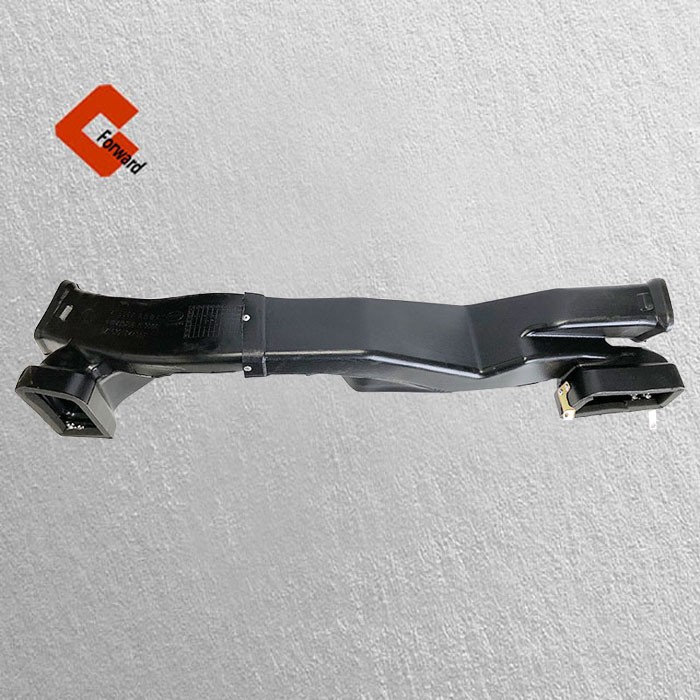The cab shell is the installation foundation of all cab components, which usually refers to the rigid space structure composed of longitudinal, beam, pillar and other main load-bearing elements as well as the pulley plates connected with them. Most cab of passenger car has obvious skeleton, but car body and truck cab have no obvious skeleton. The cab housing usually also includes the sound insulation, heat insulation, anti-vibration, anti-corrosion, sealing and other materials and coatings laid on it.
Long head cab
The cab behind the engine. Advantages are: (1) compact structure, good rigidity. Easy to check and maintain the engine. (3) isolated from the engine, summer will not overheat, it is not easy to escape into the exhaust gas. Disadvantages are the car's length and wheelbase is large, poor field of vision.
Flat head cab:
The engine is in the cab below the rear. Advantages are: (1) the car's length and wheelbase is smaller. Can reduce the vehicle reconditioning quality, improve the mobility. (2) A broad view. The flat head cab gradually becomes the mainstream of truck cab. The main disadvantage is that it is not easy to inspect and maintain the engine. To this end, the development of overturned cab.
Extended cab:
A cab that is lengthened from an ordinary cab. In an ordinary cab, there is only one row of seats. A lengthened cab is just behind this row of seats, with a second row of seats or sleepers. A common form of a long cab is a second row seat, known in China as a double-seated cab. It can be used as a passenger and cargo vehicle, can also carry the loading and unloading personnel, very convenient. Another form of extended cab is another sleeper. Sleeping berths can be single or double. This form is very popular in long-distance freight cars abroad. During long distance transportation, two drivers usually take turns driving, and one of them can rest in a sleeping berth.
Invertible cab:
A cab with a flat head that can be tipped forward. At present, it has been widely used by truck. The main disadvantage of the flat cab is that it is not easy to inspect and maintain the engine. The tilting cab was developed to solve this problem. The whole cab can be tipped forward around a rotating shaft on the front and bottom. At ordinary times, the rear of the cab is locked by the locking mechanism. When it is necessary to overhaul the engine, turn on the locking mechanism, and the cab can tilt forward to a certain Angle, so that the driver and maintenance personnel close to the engine. At the rotating shaft, a torsion bar spring is usually used to bear part of the gravity exerted on the cab. When the cab needs to tip over, only a small force is needed to turn the cab up.
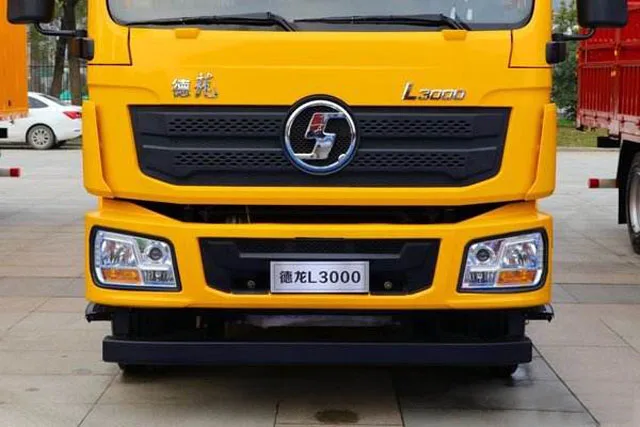
 二维码
二维码